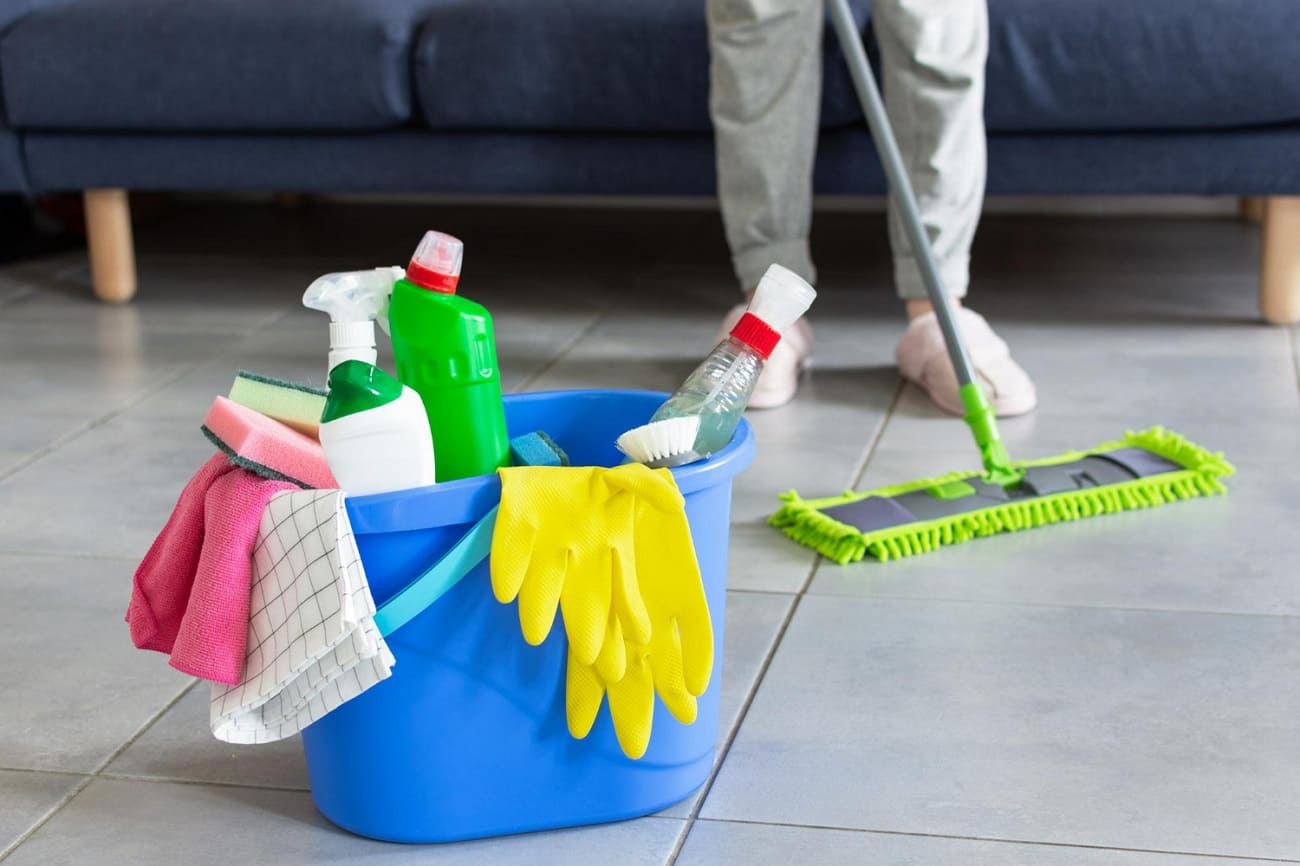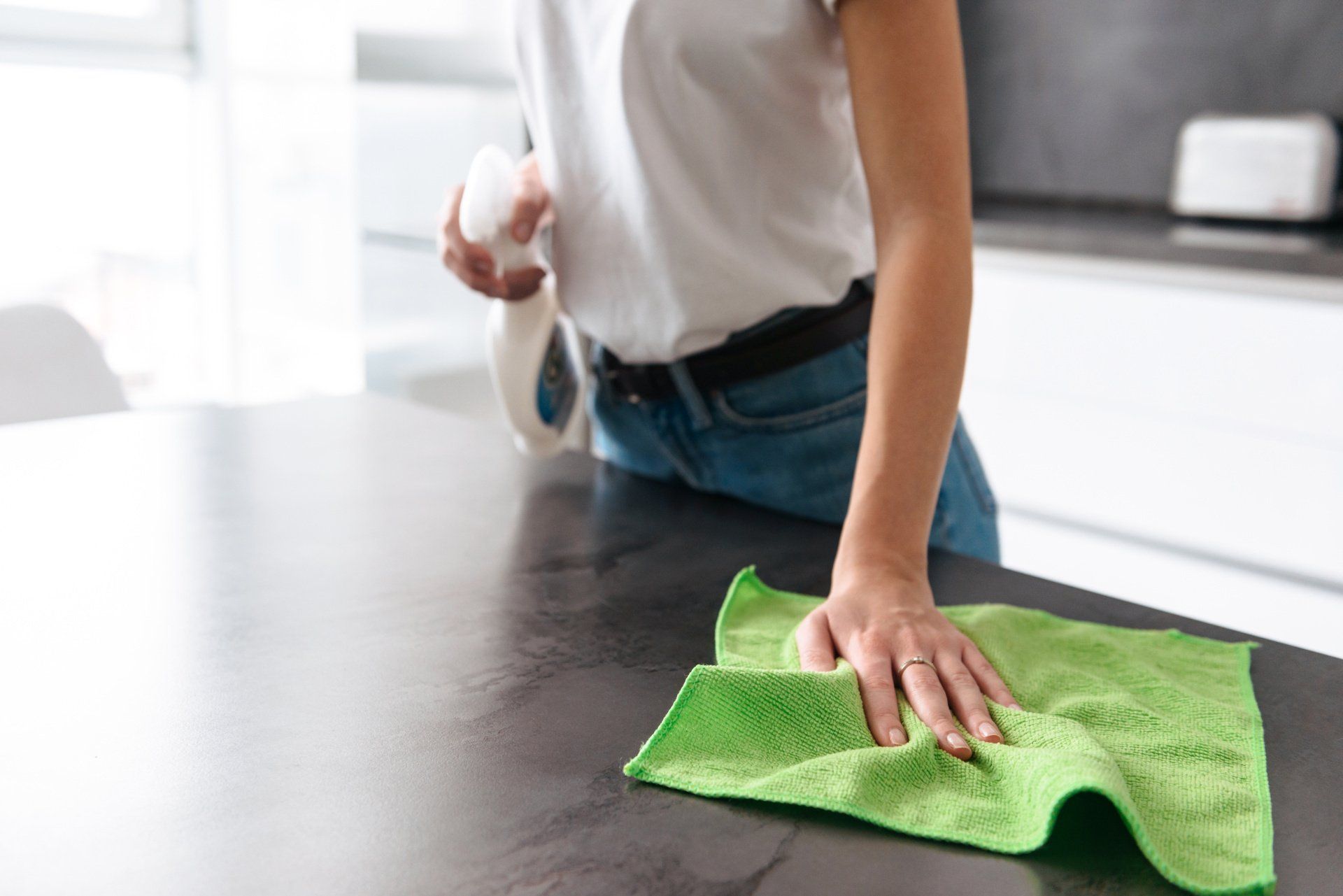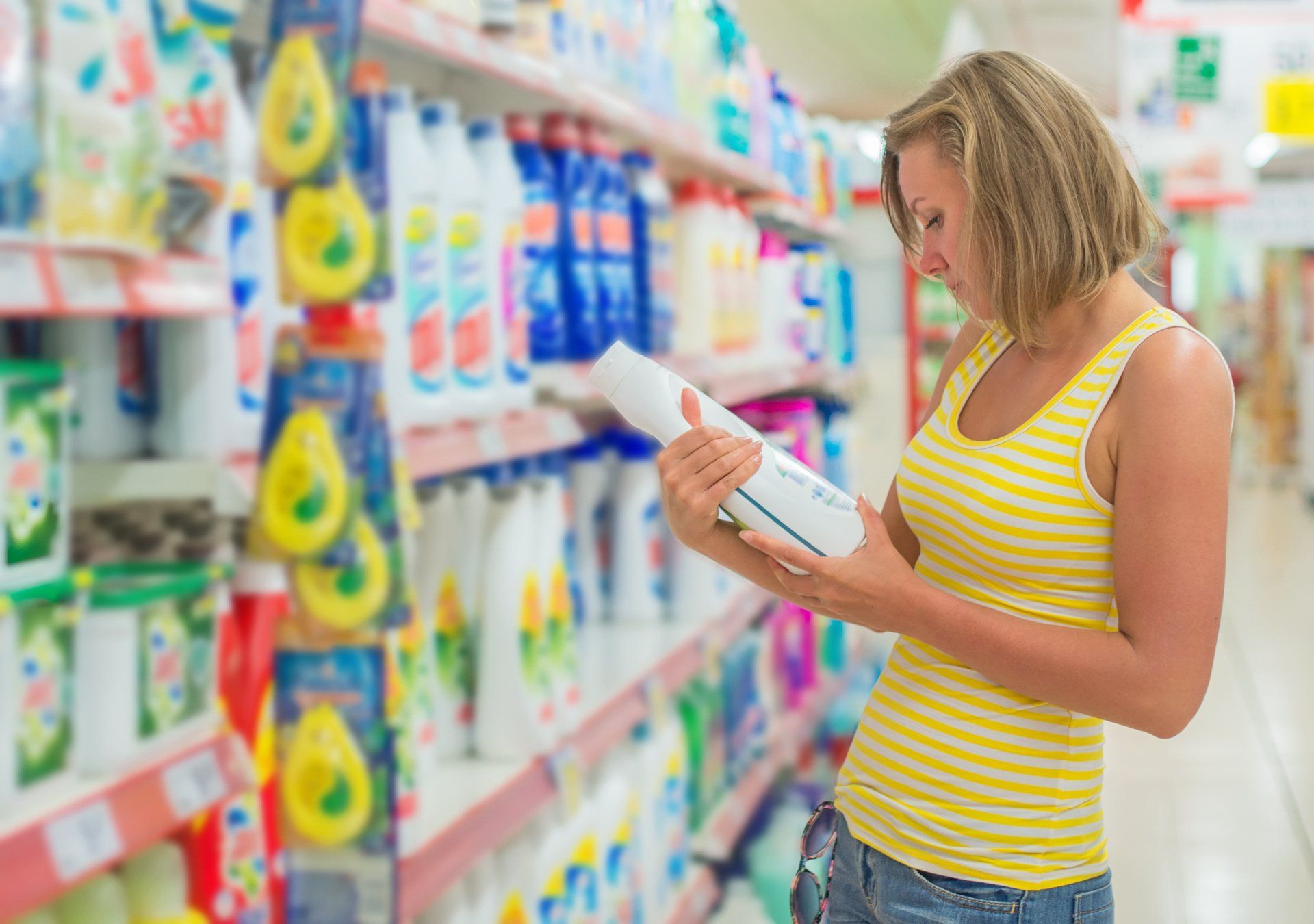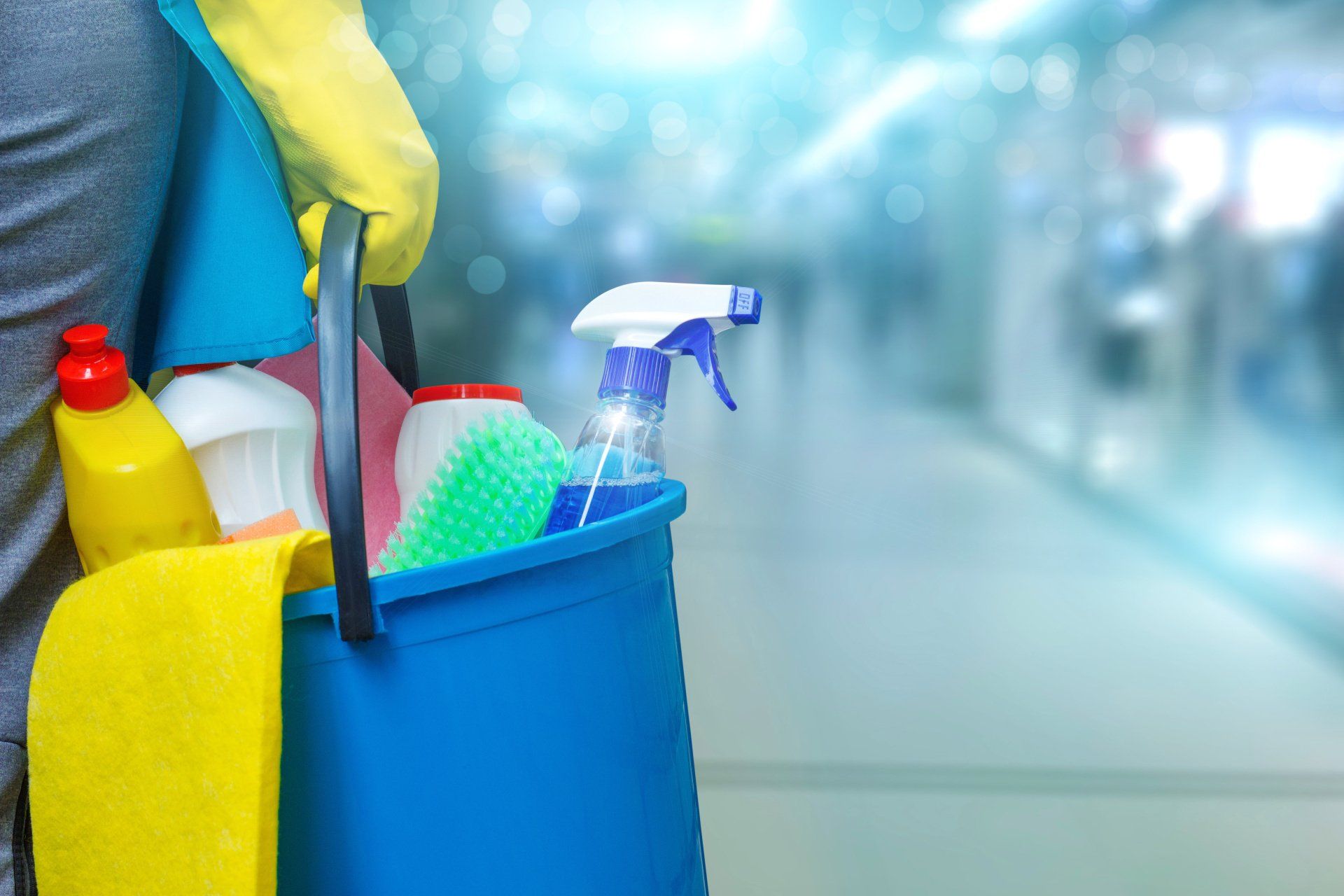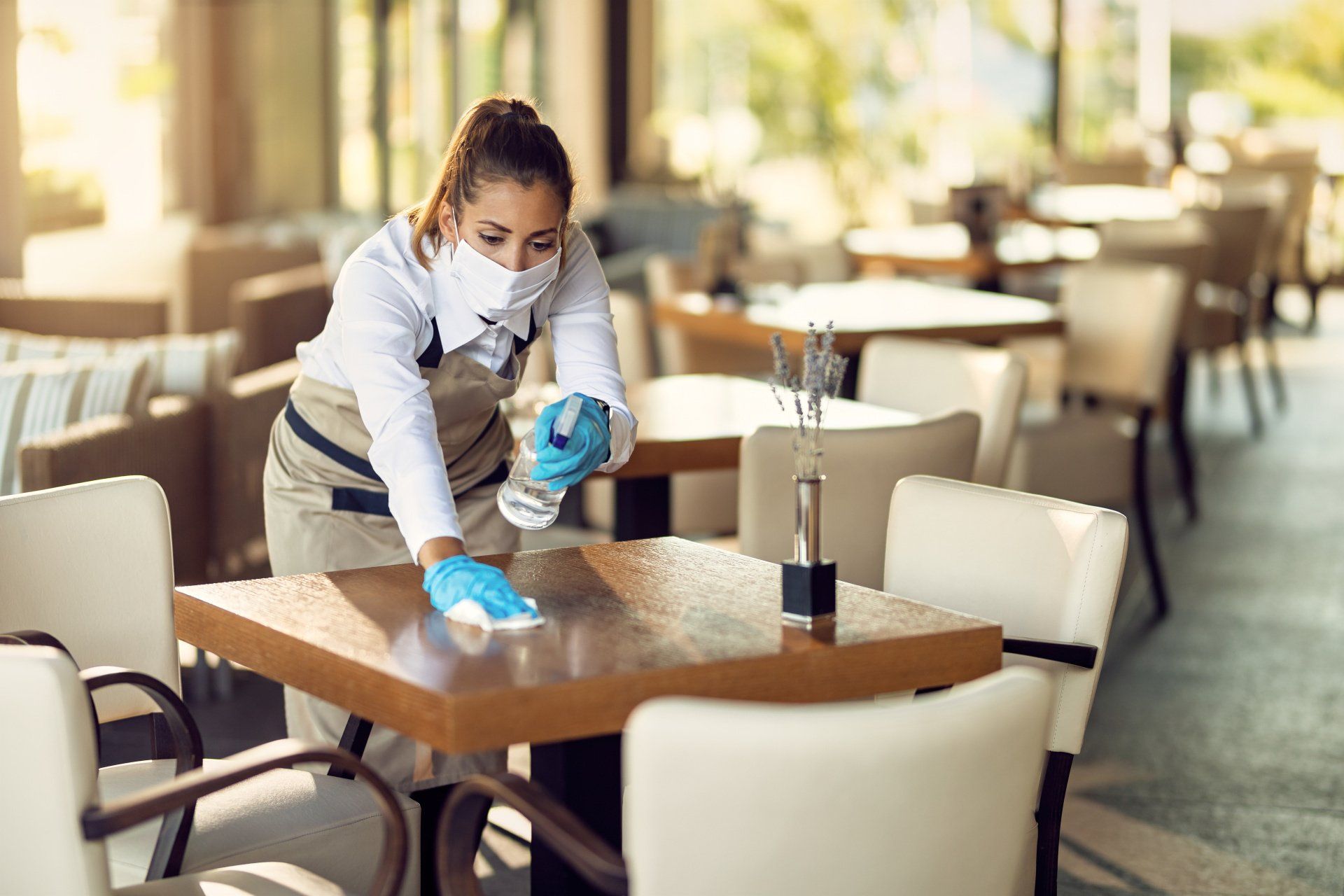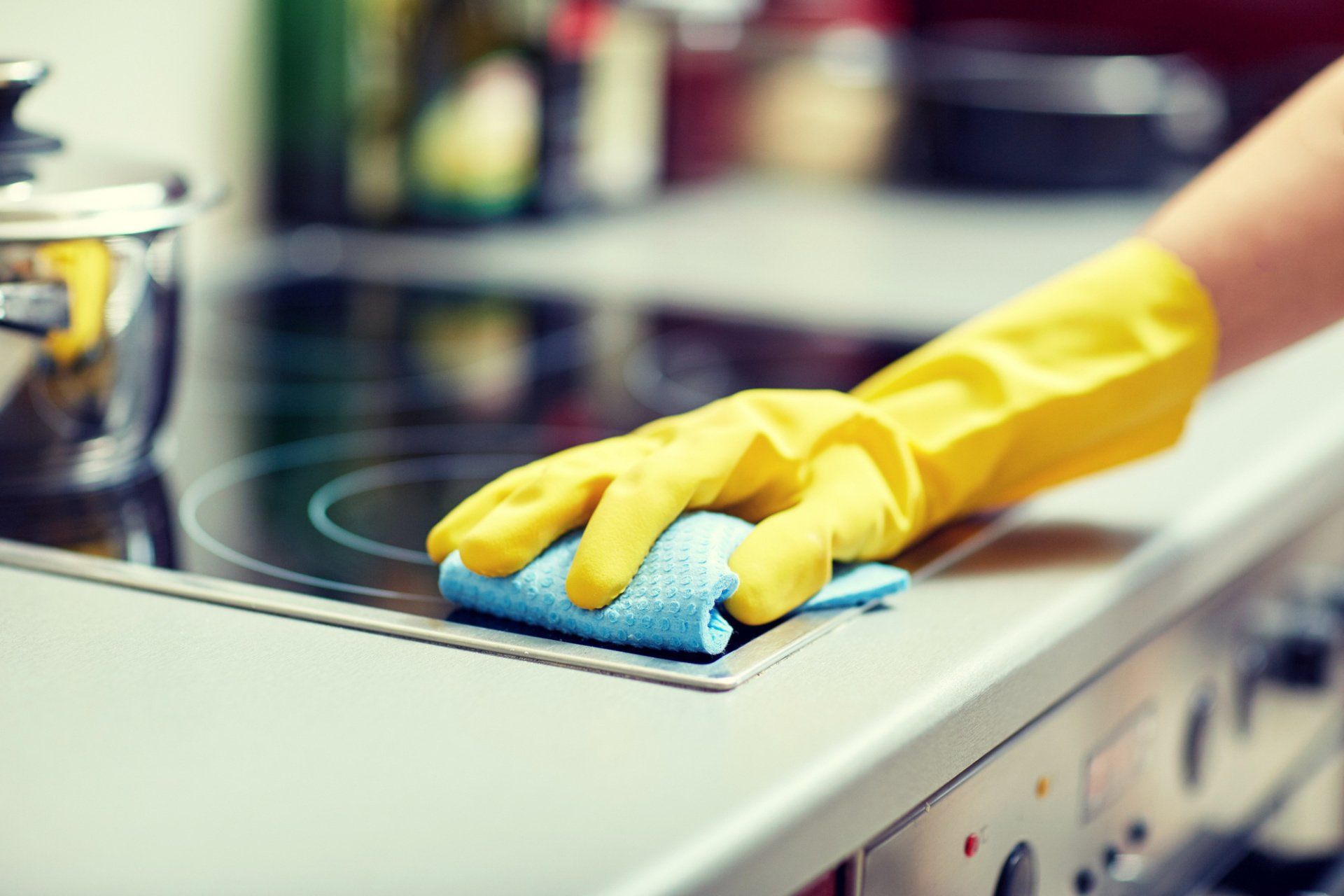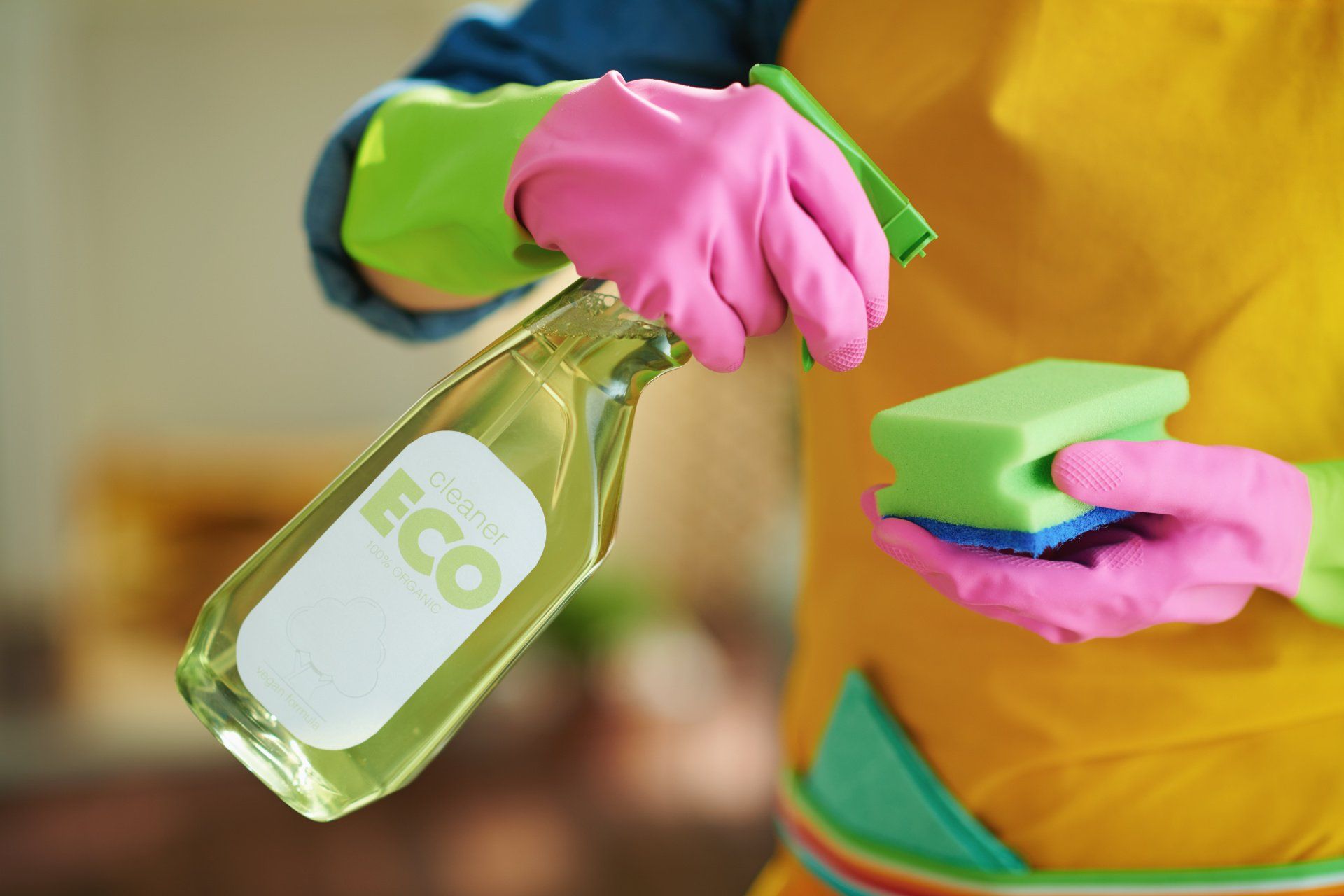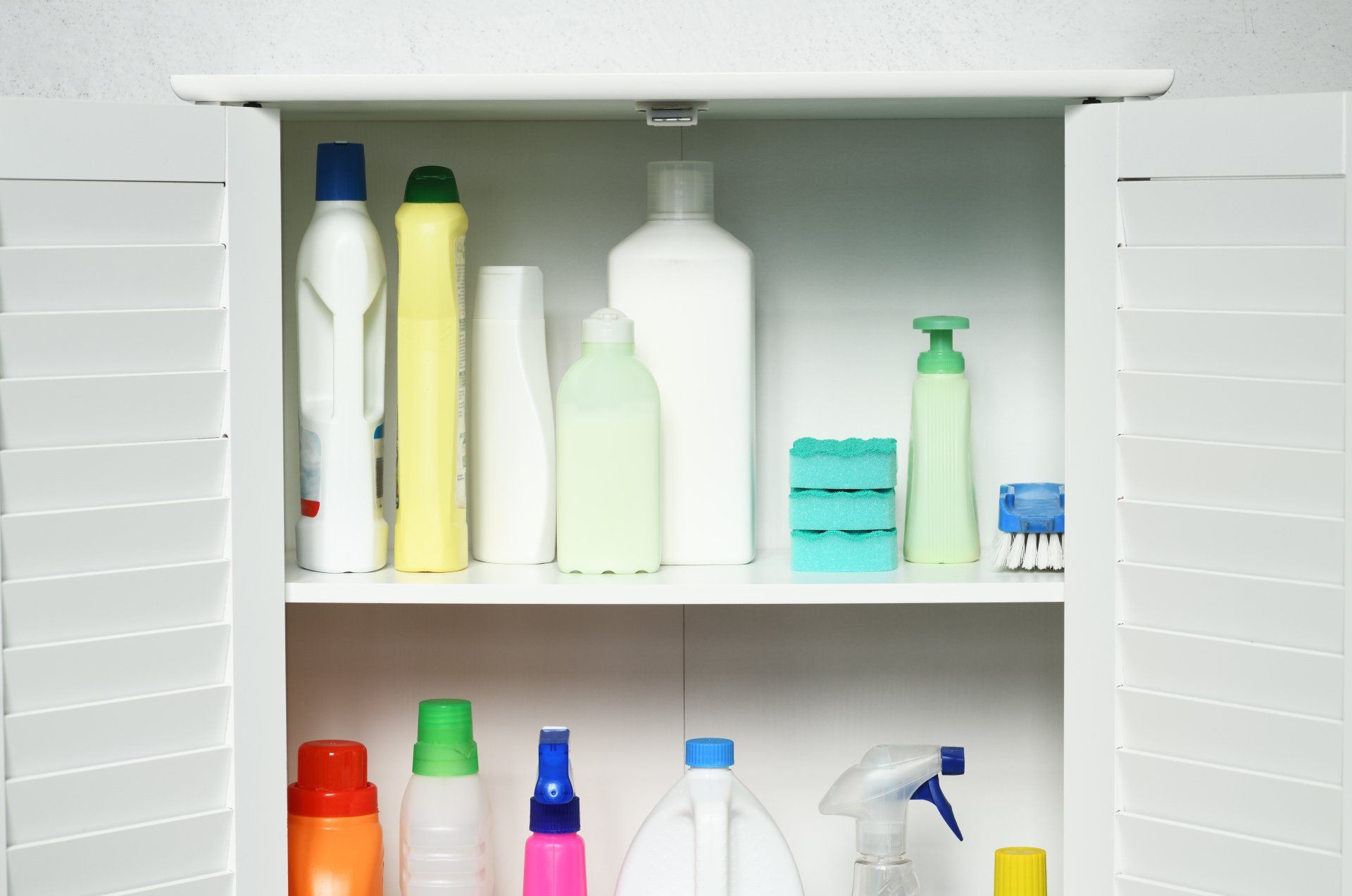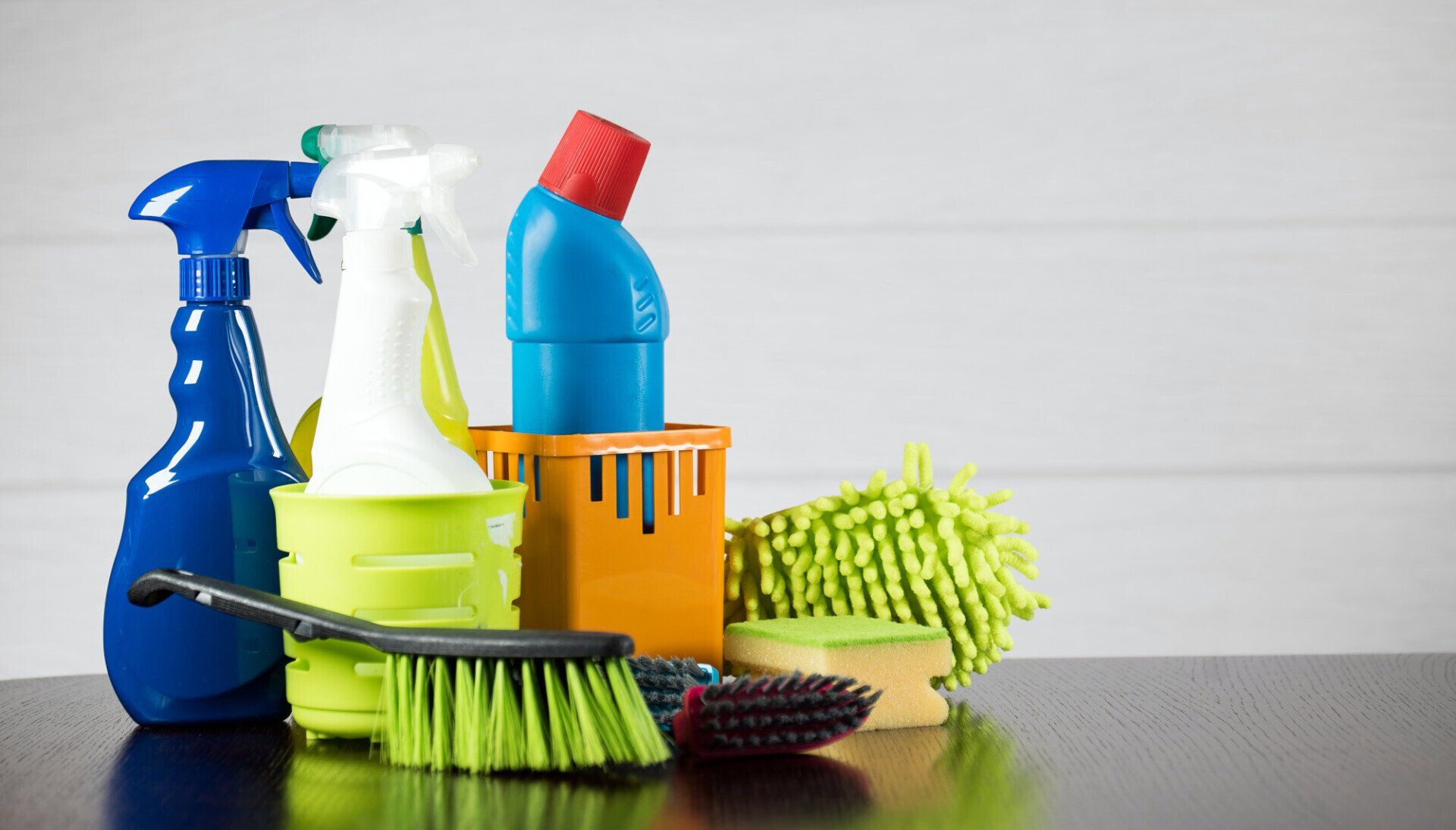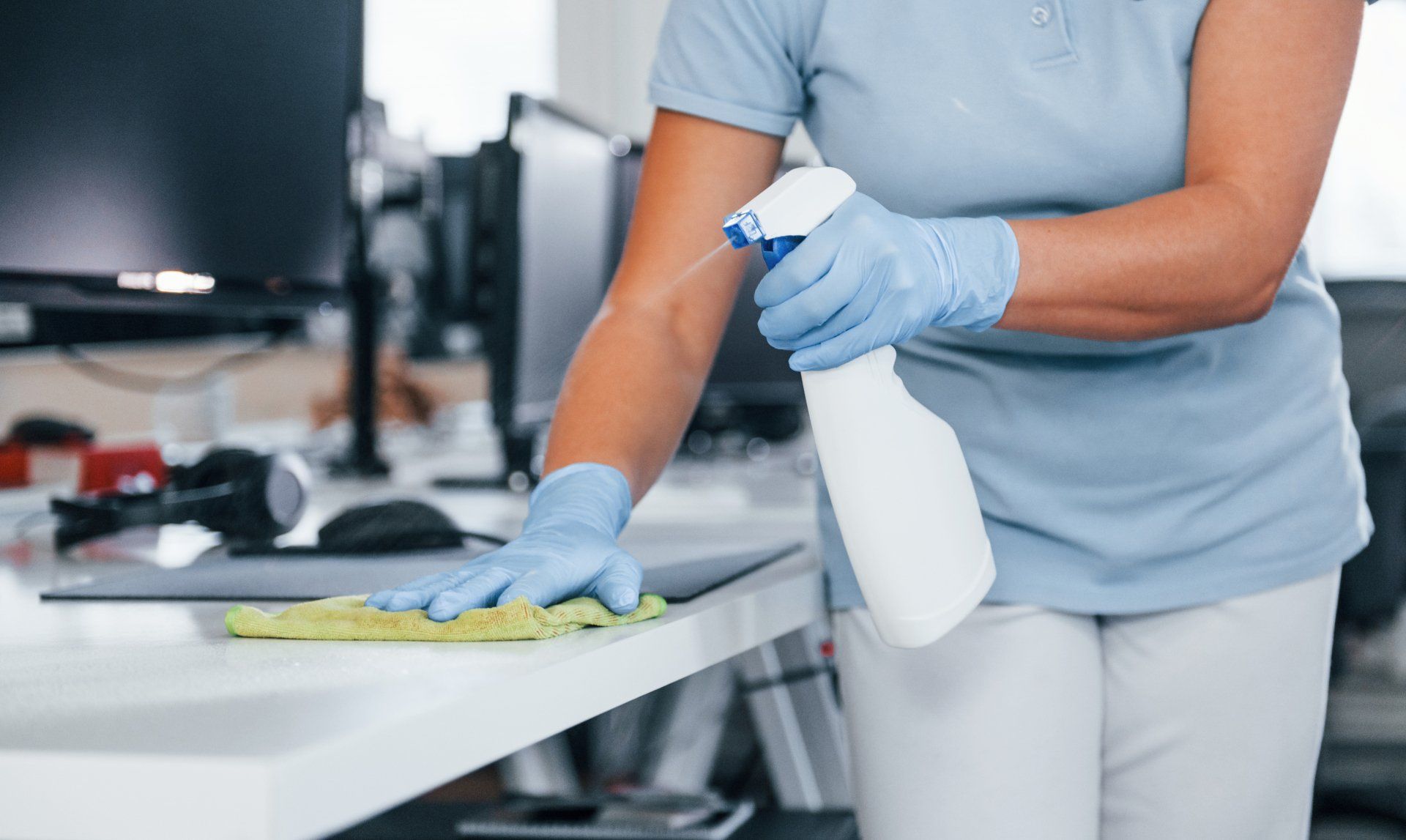The Green Cleaning Guide to Finding Non-Toxic Cleaning Products
Green cleaning is gaining popularity due to its healthier impact on both the environment as well as humans. Here's how to find the right non toxic products.
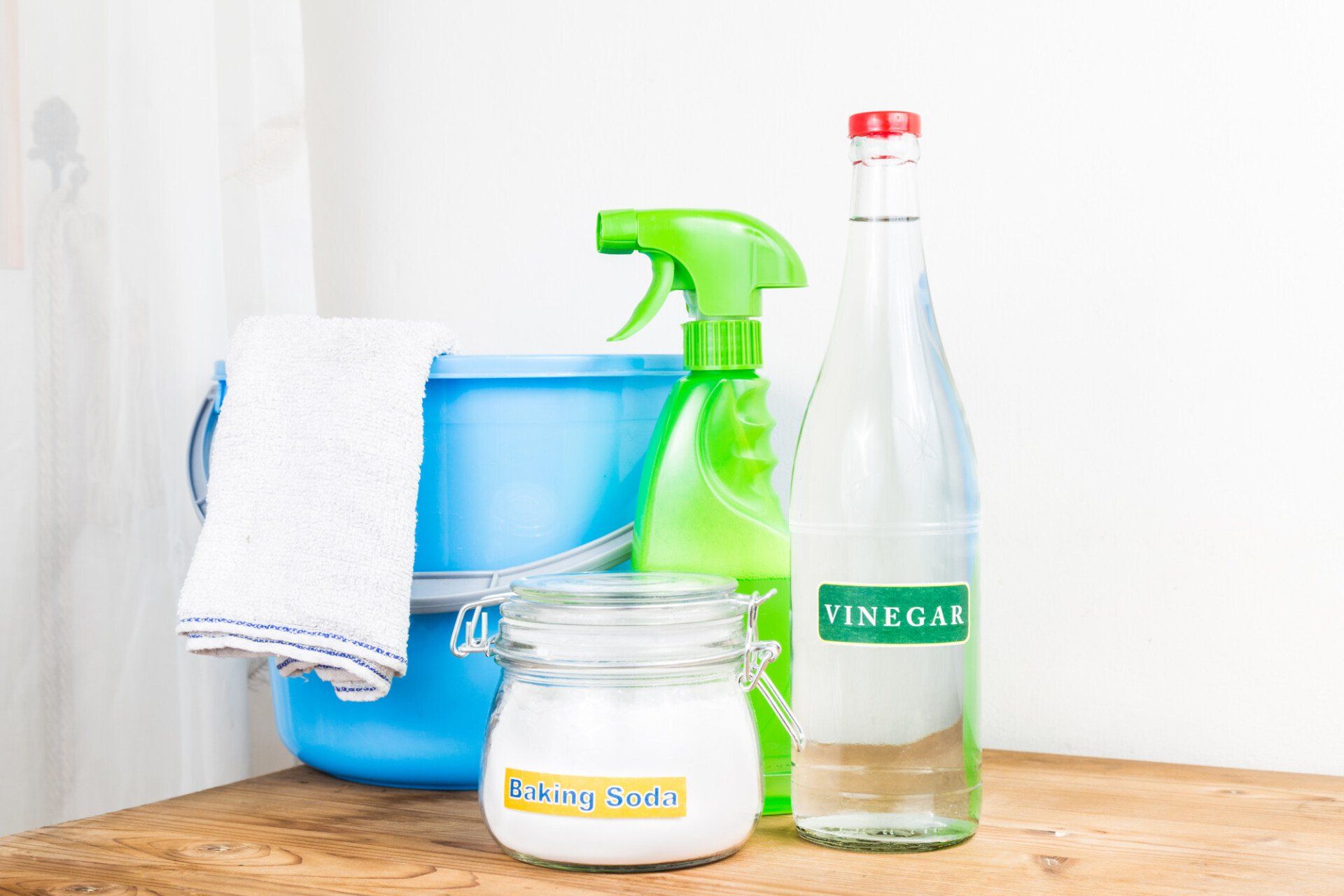
The American Lung Association warns households away from toxic cleaners, and with good reason. Research has shown consistent links between common household cleaning products and negative impacts on people's health and the environment.
Non-toxic cleaning products are clearly the best alternative. But how do you tell the green from the greenwashed? Many companies continue to hide toxic chemicals behind green, organic, or all-natural labels.
Do you know what to look for in eco-friendly cleaning products, and what chemicals to avoid? Our green-cleaning guide has all the information you need to make safe, informed product choices.
Healthy Cleaning Products with Safe Formulas
Companies know consumers are increasingly demanding eco-friendly cleaning methods free of toxic chemicals. Some companies try to take advantage of consumer concerns and regulation loopholes to greenwash their products.
Greenwashing refers to a company presenting a false impression of eco-friendly practices and products. They can use exaggerations to outright deception and disinformation. Some of the worst corporate polluters are also unironically engaged in greenwashing.
Green cleaning should be safe for:
- Your health
- Children
- Pets
- The environment
You may have to do in-depth research about a cleaning product to determine if it's truly non-toxic. Companies sincerely invested in green cleaning are transparent in their labeling and ingredient lists, including what it doesn't contain (bleach-free, MIT-free, etc.)
Non-Toxic Cleaning
Household cleaning is important to you and your family's health. It helps eliminate pathogens, prevent allergies, and keep away pests.
However, some cleaning products are actually counterproductive for your health. For example, many antibacterial agents are so toxic they can create short-term or long-term health problems. This includes aggravating the allergy or asthma issues you want to avoid.
Healthy cleaning products can't contain harmful chemicals. Unfortunately for today's consumers, there are many harmful chemicals we still have to look out for, even in green cleaning products.
Added Fragrances
Synthetic fragrance in products is a potential issue as product fragrance is considered a trade secret. This information isn't required on ingredient labels.
Companies can sneak all sorts of harmful chemicals, such as phthalates, into their products without any consumer warnings. If a company doesn't provide its full ingredient list online, it’s best to skip the synthetic smell-good stuff.
Added Dyes
Dyes are another sneaky ingredient that can pack a surprising health-harmful wallop. Coal tar dyes are in everything from food to hair dye to medication. They're also found in common cleaning products.
Since it's so ubiquitous, it should be 100% safe for human contact, right? Not exactly.
Any product with over 0.5.% coal tar must use a cancer warning label. Coal tar is a known carcinogen that also contains arsenic and lead. Like fragrances, synthetic dyes are another way to sneak toxic chemicals behind a "safe" label.
VOCs
Volatile Organic Compounds are airborne toxins. They're common in air fresheners and cleaning products like wipes, glass sprays, and wood cleaners.
VOCs are harmful even in low quantities. You can minimize the effects with products labeled low-VOC, or look for healthy cleaning products that skip producing any VOC at all.
Ammonia (Ammonium Hydroxide)
Ammonia is commonly found in cleaning for streak-free shines, such as glass, oven, and toilet bowl cleaners. However, studies have shown that inhaling ammonia can be as harmful as smoking cigarettes.
Bleach (Sodium Hypochlorite)
Like ammonia, bleach produces nasty fumes that can harm your lungs. Healthy cleaning products can't contain bleach as a rule.
Harvard University and the French National Institute of Health conducted a joint longitudinal study from 1989 to 2017. It found the regular use of bleach increased the risk of developing health issues like fatal lung disease by as much as 32%.
Chlorine
Chlorine is added to many detergents and anti-mildew agents. It's also commonly used to disinfect pool water.
Chlorine is harmful to your health, just like ammonia and bleach. When it drains back into the water supply, it has very harsh impacts on the aquatic environment.
PERCs (Tetra/Perchloroethylene)
PERCs are mostly used in dry cleaning. They can be absorbed through skin or airborne contact. Experts warn that PERCs are highly toxic to humans and the environment, as well as being a possible carcinogen.
Ethanolamines
Ethanolamine compounds are used as surfactants for cleaning products. Common compounds include:
- Monoethanolamine (MEA)
- Diethanolamine (DEA)
- Triethanolamine (TEA)
These chemicals have a whole laundry list of names to watch out for on ingredients labels. They're exceedingly toxic to humans and the environment. The EU has banned DEA completely for its associated risks with tumors, cancer, and organ toxicity.
QACs (Quaternary Ammonium Compounds)
QACs, also referred to as quats, are used in household disinfectants and anti-mold cleaning products. Their usage saw a significant upswing during COVID.
The EU had already limited QACs pre-pandemic due to health and environmental concerns. They're linked to asthma, allergies, lung issues, and even reproductive issues in mice.
MITs and CMITs (Methylisothiazolinone and Methylchloroisothiazolinone)
MITs and CMITs are used as preservatives for dish and laundry soaps, along with all-purpose sprays. However, they also cause contact allergy and neurotoxicity issues.
These chemicals are sneaky, like fragrances and dyes. They are frequently found in "green" cleaning products that don't want to use formaldehyde. They may not be included on the ingredient list, so specific MIT or CMIT free labels are the way to go.
Triclosan
Triclosan is another antibacterial agent. Although the FDA banned its use in soaps, it's still found in common household products.
Triclosan has been linked to reproductive issues in women, due to the fact it builds up in our bodies and is stubbornly resistant to breaking down. It also builds up toxicity in water and soil.
Green Cleaning with Natural Ingredients
You can easily avoid these toxic chemicals with more natural, non-toxic cleaning alternatives. These include:
- Baking soda
- White vinegar
- Salt
- Citric acids (lemon juice, orange juice)
- Castile soap
Eco-friendly cleaning is always finding more modern methods around traditional toxic ingredients. For example, PurBloc uses adaptive nanoparticles to replace harmful disinfectants and surfactant agents.
Eco-Friendly Cleaning for a Brighter, Healthier Future
Non-toxic cleaning products are better for your health and the environment than toxic alternatives. Knowing what chemicals to avoid will help you sort legitimate green cleaning from greenwashing products.
Are you ready to buy healthy cleaning products at affordable prices? Check out our store selections today! Purbloc offers eco-friendly cleaning products for you.

